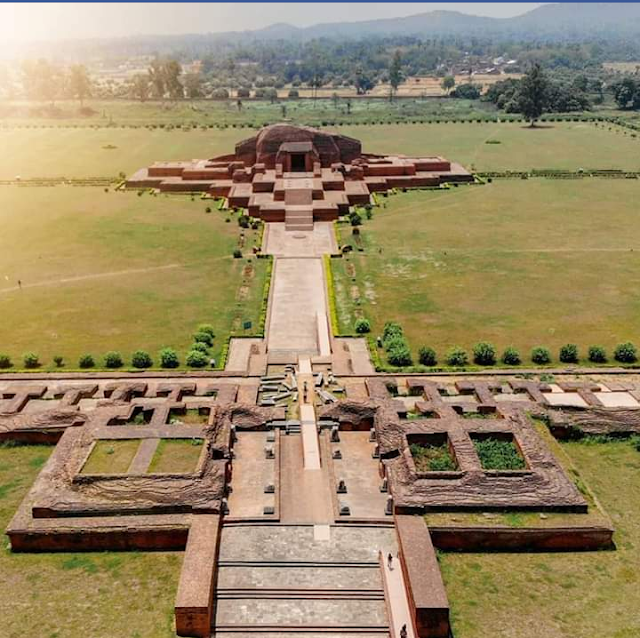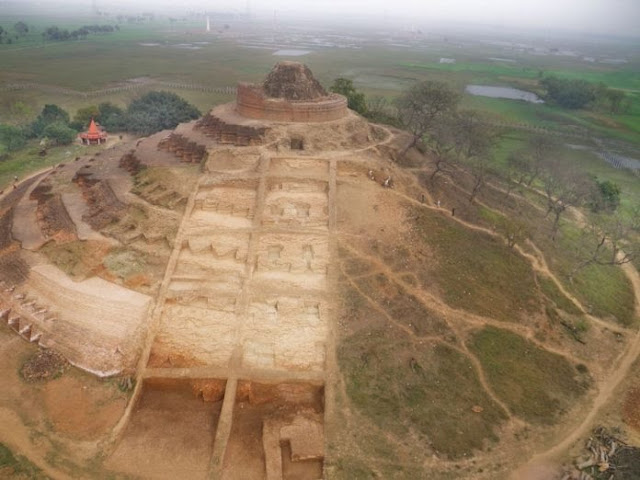Buddhist Archaeological Sites: Hidden Excavations That Reveal the Early Spread of Buddhism

Introduction Buddhist archaeological sites offer invaluable insight into the early history of Buddhism and its peaceful spread across Asia. From rock-cut caves and monasteries to ancient stupas and stone reliefs, these excavations preserve physical evidence of the Buddha’s teachings, monastic life , and artistic traditions that flourished over centuries. Many of these sites remained hidden for centuries before being rediscovered through systematic archaeological excavations. This article explores the significance of Buddhist archaeological sites, major excavation centers, and how these discoveries help us understand early Buddhism. What Are Buddhist Archaeological Sites? Buddhist archaeological sites are locations where physical remains related to Buddhism have been discovered through excavation. These include: • Monasteries ( Viharas ) • Stupas and relic shrines • Rock-cut caves • Sculptures and inscriptions • Ancient manuscripts and seals Such sites date mainly from th...








